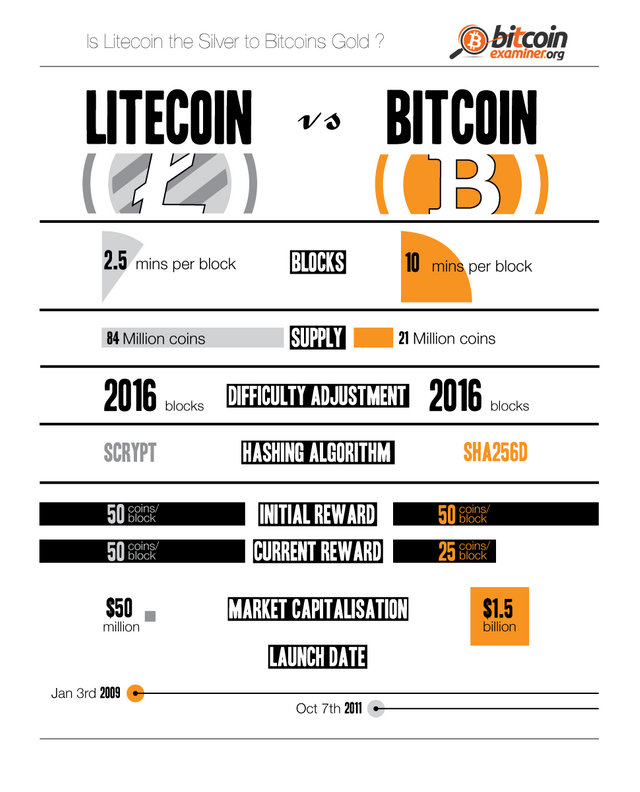Introduction To LITECOIN
CLICK HERE FOR FREE LITECOIN
What is Litecoin?How Litecoin Is Made?
Like all cryptocurrencies, litecoin is not issued by a government, which historically has been the only entity that society trusts to issue money. Instead being regulated by a Federal Reserve and coming off a press at the Bureau of Engraving and Printing, litecoins are created by the elaborate procedure called mining, which consists of processing a list of litecoin transactions. Unlike traditional currencies, the supply of litecoins is fixed.
There will ultimately be only 84 million litecoins in circulation and not one more. Every 2.5 minutes (as opposed to 10 minutes for bitcoin), the litecoin network generates a what is called a block—a ledger entry of recent litecoin transactions throughout the world. And here is where litecoin’s inherent value derives.
Litecoin is a peer-to-peer Internet currency that enables instant, near-zero cost payments to anyone in the world. Litecoin is an open source, global payment network that is fully decentralized without any central authorities.
Mathematics secures the network and empowers individuals to control their own finances. Litecoin features faster transaction confirmation times and improved storage efficiency than the leading math-based currency. With substantial industry support, trade volume and liquidity, Litecoin is a proven medium of commerce complementary to Bitcoin.
Differences from Bitcoin?
Litecoin offers three key differences from Bitcoin.
The Litecoin Network aims to process a block every 2.5 minutes, rather than Bitcoin's 10 minutes, which its developers claim allows for faster transaction confirmation.A drawback is a higher probability of orphaned blocks.
Advantages can include greater resistance to a double spending attack over the same period as bitcoin. However, total work done is a consideration. For example, if the Litecoin Network has comparatively ten times less computing work done per block than the bitcoin network, the bitcoin confirmation is around ten times harder to reverse, even though the Litecoin Network is likely to add confirmation blocks at a rate four times faster.
Litecoin uses scrypt in its proof-of-work algorithm, a sequential memory-hard function requiring asymptotically more memory than an algorithm which is not memory-hard. The Litecoin Network will produce 84 million Litecoins, or four times as many currency units as will be issued by the Bitcoin Network.
The original intended purpose of using Scrypt was to allow miners to mine both Bitcoin and Litecoin at the same time.The choice to use scrypt was also partially to avoid giving advantage to video card (GPU), FPGA and ASIC miners over CPU miners; although Charlie Lee has never publicly agreed with this opinion.
Due to Litecoin's use of the scrypt algorithm, FPGA and ASIC devices made for mining Litecoin are more complicated to create and more expensive to produce than they are for bitcoin, which uses SHA-256.This is widely due to the Scrypt hashing scheme being more memory intensive; increasing memory requirements for ASICs and FPGAs. However, as of December 2015, ASIC miners are widely available and the primary method of mining Litecoin
WATCH A VIDEO EXPLAINING LITECOIN FURTHERMORE

I will Check Out The video
Thanks For sharing
nice Tip , ty
Congratulations @jeremy415! You have received a personal award!
Click on the badge to view your Board of Honor.
Congratulations @jeremy415! You received a personal award!
You can view your badges on your Steem Board and compare to others on the Steem Ranking
Vote for @Steemitboard as a witness to get one more award and increased upvotes!